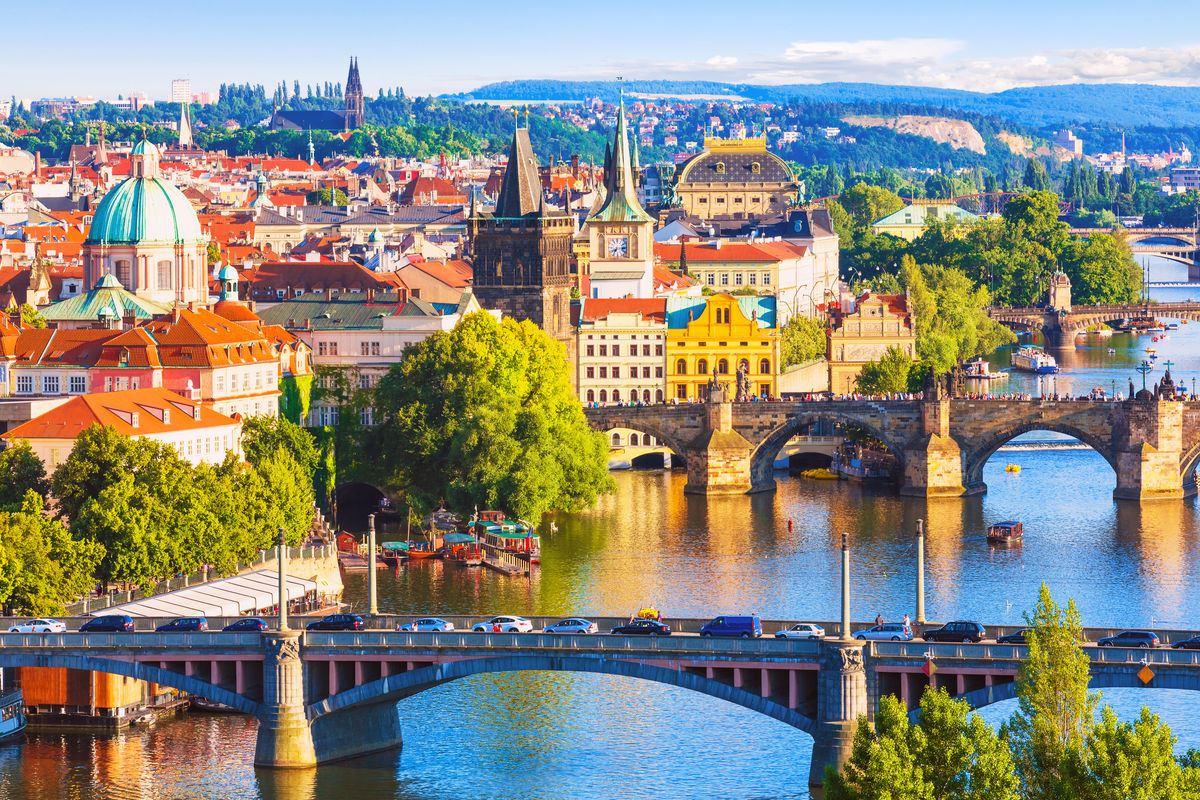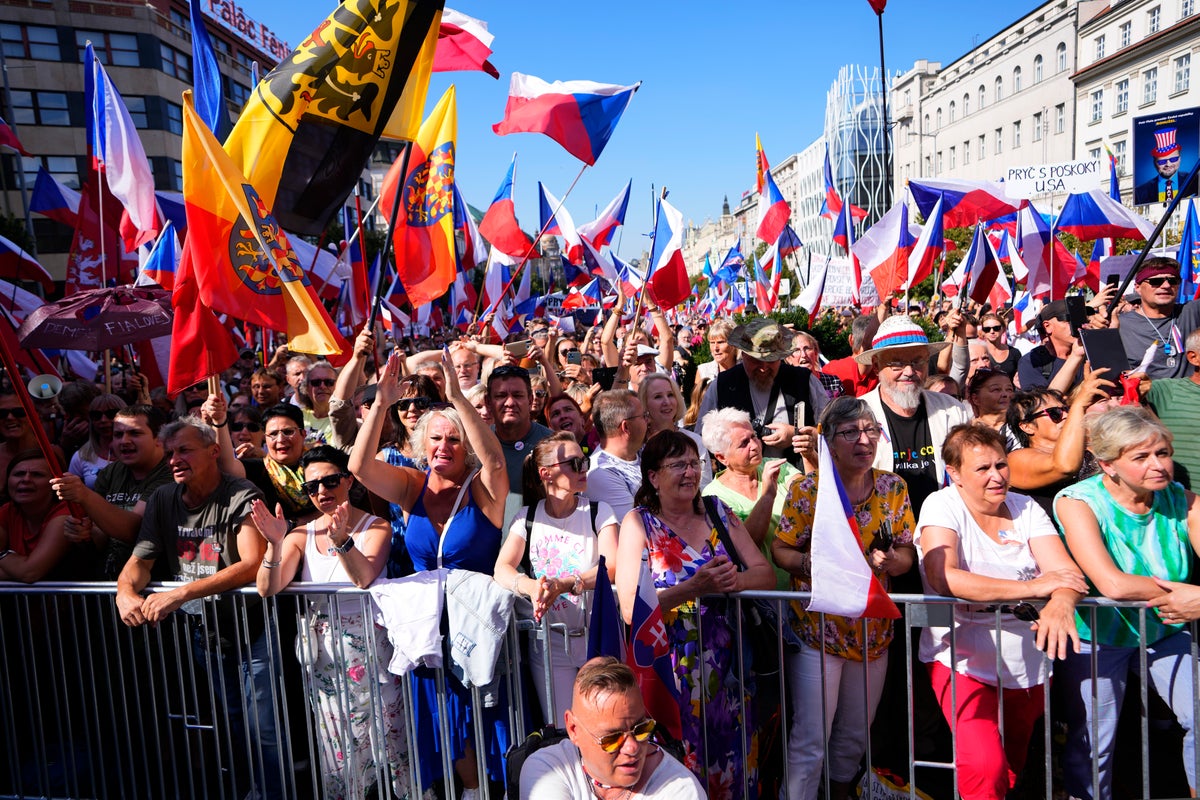Czech Republic: A Journey Through History, Culture, and Innovation
Introduction:
Nestled in the heart of Central Europe, the Czech Republic is a land of rich history, vibrant culture, and remarkable innovation. From the medieval splendor of Prague to the picturesque landscapes of Bohemia and Moravia, this small but diverse country has captivated visitors for centuries. In this essay, we embark on a journey through the storied past, dynamic present, and promising future of the Czech Republic, exploring its historical milestones, cultural heritage, and contributions to the modern world.
Ancient Roots and Medieval Glory:
The history of the Czech lands dates back millennia, with evidence of human settlement dating to the Paleolithic era. The Celtic Boii tribe, from whom the name "Bohemia" derives, inhabited the region before the arrival of Slavic tribes in the 6th century. The foundation of Prague, the capital city, is traditionally ascribed to the legendary figure of Princess Libuše in the 9th century.
The medieval period saw the rise of the powerful Přemyslid dynasty, whose rulers consolidated their authority over Bohemia and Moravia. Under the reign of King Charles IV in the 14th century, Prague flourished as a center of culture, learning, and commerce, earning the moniker "the City of a Hundred Spires." Charles IV's patronage of the arts and construction projects, including the iconic Charles Bridge and the majestic Prague Castle, left an indelible mark on the cityscape.
Hussite Wars and Renaissance Revival:
The 15th century witnessed the tumultuous Hussite Wars, sparked by religious and social unrest following the teachings of Jan Hus, a Czech reformer and precursor to the Protestant Reformation. The Hussite movement, characterized by its calls for church reform and national autonomy, clashed with the Catholic Church and the Holy Roman Empire, leading to decades of conflict.
Despite the upheaval of the Hussite Wars, the Czech lands experienced a cultural and intellectual renaissance in the following centuries. The reign of King Rudolf II in the late 16th century saw Prague become a haven for artists, alchemists, and scholars from across Europe. Rudolf's patronage of the arts and sciences fostered a flourishing cultural scene, with figures such as Johannes Kepler and Tycho Brahe making significant contributions to astronomy and mathematics.
Habsburg Rule and National Revival:
The 17th and 18th centuries brought the Czech lands under the rule of the Habsburg monarchy, leading to a period of Germanization and centralization of power. The Czech language and cultural identity faced suppression, sparking a revival of national consciousness among Czech intellectuals and artists. Figures such as Josef Dobrovský and František Palacký played pivotal roles in preserving the Czech language and promoting a sense of national pride.
The 19th century saw the emergence of the Czech National Revival, a cultural and political movement aimed at revitalizing Czech language, literature, and heritage. The publication of Karel Havlíček Borovský's satirical newspaper "Národní listy" (The National News) and the founding of the Czech National Theater symbolized the resurgence of Czech culture and aspirations for self-determination.
Czechoslovakia and 20th-Century Turmoil:
The aftermath of World War I saw the establishment of Czechoslovakia, a democratic republic comprising Czech and Slovak territories. The interwar period was marked by economic prosperity, social reforms, and cultural innovation, epitomized by the artistic achievements of the Czech avant-garde movement, including painters like František Kupka and writers like Franz Kafka.
However, the outbreak of World War II and the subsequent occupation of Czechoslovakia by Nazi Germany brought a dark chapter in the nation's history. The Czech resistance, led by figures such as Jan Kubiš and Josef Gabčík, carried out daring acts of sabotage, including the assassination of high-ranking Nazi officials, most notably Reinhard Heydrich, the Reich Protector of Bohemia and Moravia.
The post-war period witnessed the rise of communist rule in Czechoslovakia, following a coup d'état orchestrated by the Communist Party in 1948. The ensuing decades were marked by political repression, economic stagnation, and social upheaval, culminating in the Prague Spring of 1968—a period of liberalization and calls for political reform brutally suppressed by Soviet-led invasion.
Velvet Revolution and Democratic Transition:
The late 20th century brought winds of change to Czechoslovakia, as popular discontent with communist rule grew in strength. The election of reform-minded leaders such as Václav Havel, a dissident playwright turned statesman, signaled the beginning of the end for the communist regime. The Velvet Revolution of 1989, a peaceful mass protest movement demanding democracy and human rights, led to the collapse of communist rule and the establishment of a democratic government.
Czech Republic: Modern Era and European Integration:
In 1993, Czechoslovakia peacefully dissolved into two separate states, the Czech Republic and Slovakia, marking a new chapter in the nation's history. The Czech Republic embarked on the path of economic reform, privatization, and integration into the European Union and NATO. Prague, with its well-preserved historic center, vibrant cultural scene, and thriving economy, emerged as a leading destination for tourism and investment in Central Europe.
Today, the Czech Republic stands as a proud member of the European Union, contributing to regional stability, economic growth, and cultural exchange. Its achievements in fields such as science, technology, and industry reflect a legacy of innovation and entrepreneurship. From the pioneering work of physicist Jan Evangelista Purkyně to the global success of Czech filmmakers like Miloš Forman and Jiří Menzel, the Czech Republic continues to make its mark on the world stage.
Conclusion:
The Czech Republic's journey through history is a testament to the resilience, creativity, and spirit of its people. From the medieval splendor of Prague to the struggles for freedom and democracy in the 20th century, the Czech lands have witnessed triumphs and tribulations, shaping the nation's identity and character. As the Czech Republic looks to the future, its commitment to democracy, human rights, and European integration serves as a beacon of hope and inspiration for generations to come.




































